The Feed Mycotoxin Binders and Modifiers Market is currently characterized by a dynamic competitive landscape, driven by increasing awareness of mycotoxin risks in animal feed and the growing demand for safe and high-quality livestock products. Key players such as BASF SE (Germany), Cargill, Incorporated (US), and Kemin Industries, Inc. (US) are strategically positioning themselves through innovation and regional expansion. For instance, BASF SE (Germany) focuses on developing advanced mycotoxin management solutions, while Cargill, Incorporated (US) emphasizes sustainable sourcing and product development. These strategies collectively enhance their competitive edge, fostering a market environment that prioritizes safety and efficacy in feed additives.
In terms of business tactics, companies are increasingly localizing manufacturing to reduce supply chain vulnerabilities and optimize logistics. The market structure appears moderately fragmented, with several players vying for market share. However, the influence of major companies like Evonik Industries AG (Germany) and Alltech, Inc. (US) is substantial, as they leverage their extensive distribution networks and research capabilities to maintain a competitive advantage. This collective influence shapes pricing strategies and product offerings, creating a complex interplay of competition and collaboration.
In August 2025, Kemin Industries, Inc. (US) announced the launch of a new line of mycotoxin binders specifically designed for poultry feed. This strategic move is significant as it addresses the growing concerns regarding mycotoxin contamination in poultry, a sector that has seen increased scrutiny. By introducing targeted solutions, Kemin aims to enhance its market presence and cater to the evolving needs of poultry producers, thereby reinforcing its commitment to animal health and nutrition.
In September 2025, Cargill, Incorporated (US) expanded its partnership with a leading agricultural technology firm to integrate AI-driven analytics into its feed formulation processes. This initiative is indicative of a broader trend towards digital transformation within the industry, as Cargill seeks to optimize feed efficiency and reduce waste. The integration of advanced technologies not only enhances operational efficiency but also positions Cargill as a forward-thinking leader in the market, capable of responding to the demands of modern livestock production.
In July 2025, Evonik Industries AG (Germany) unveiled a new research facility dedicated to mycotoxin research and development. This investment underscores Evonik's commitment to innovation and its strategic focus on developing cutting-edge solutions for mycotoxin management. By enhancing its R&D capabilities, Evonik aims to stay ahead of regulatory changes and market demands, ensuring that it can provide effective solutions that meet the needs of its customers.
As of October 2025, the competitive trends in the Feed Mycotoxin Binders and Modifiers Market are increasingly defined by digitalization, sustainability, and the integration of artificial intelligence. Strategic alliances are becoming more prevalent, as companies recognize the value of collaboration in addressing complex challenges. Looking ahead, competitive differentiation is likely to evolve, shifting from traditional price-based competition to a focus on innovation, technological advancements, and supply chain reliability. This transition suggests that companies that prioritize research and development, alongside sustainable practices, will be better positioned to thrive in an increasingly competitive landscape.


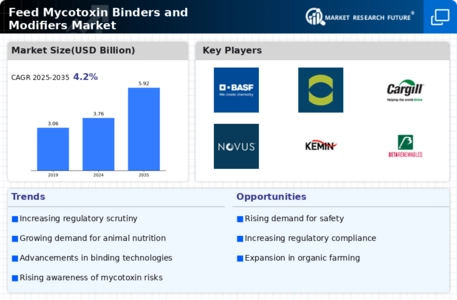
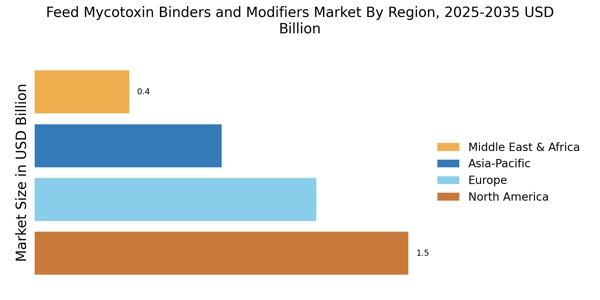
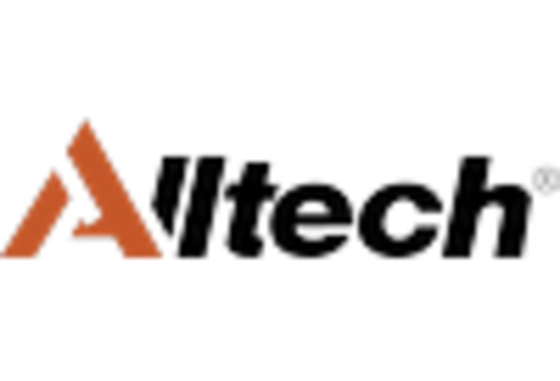

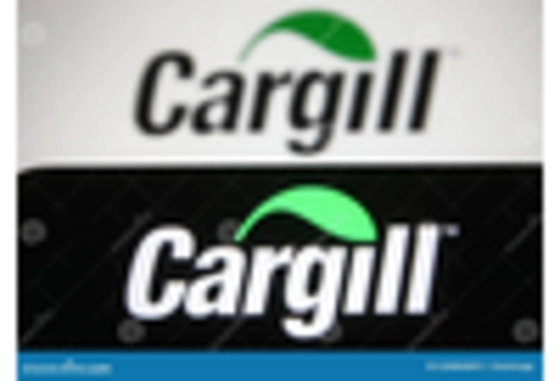

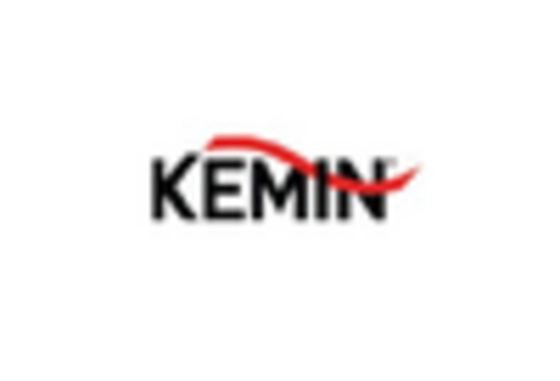
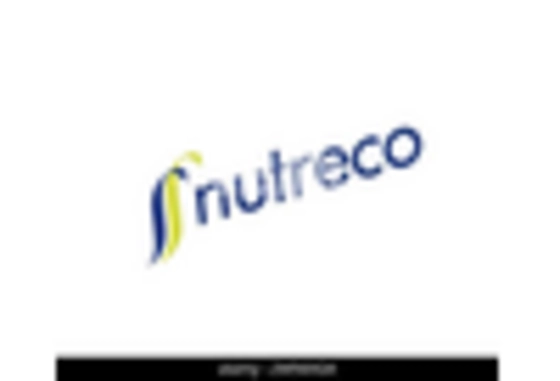








Leave a Comment